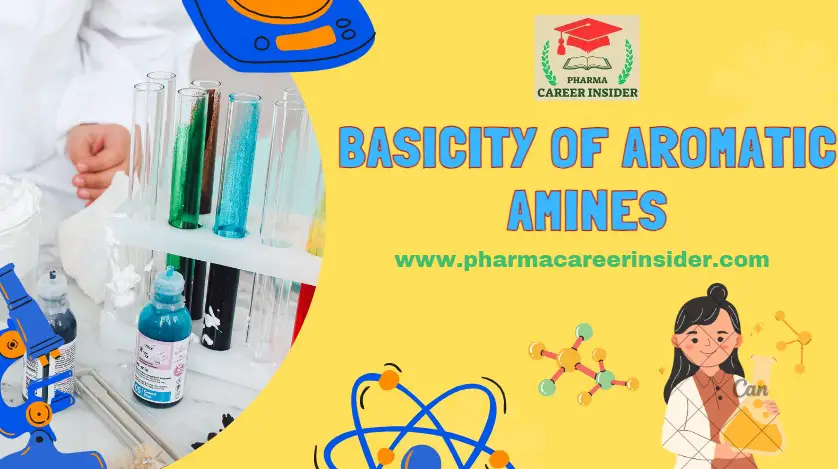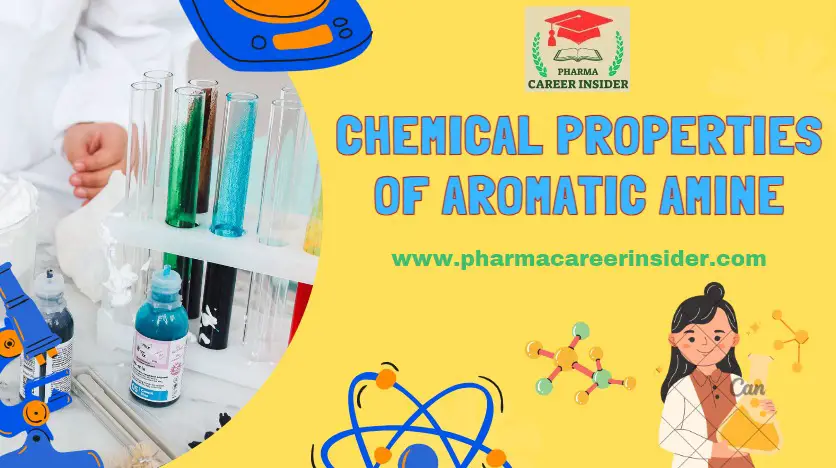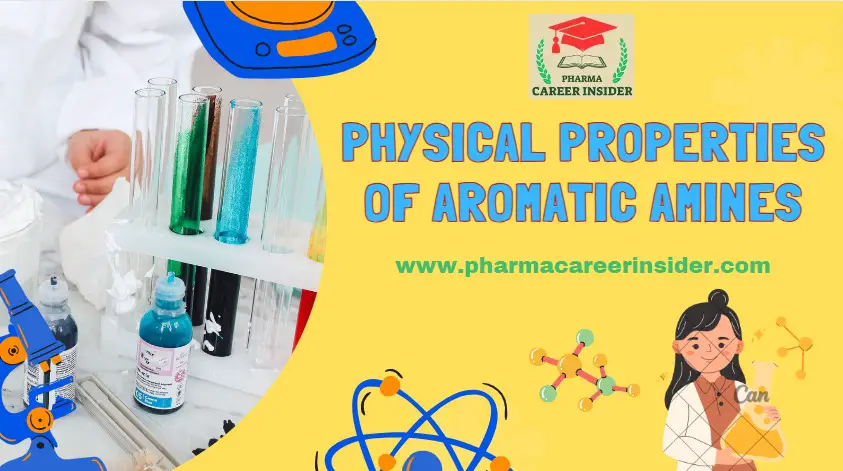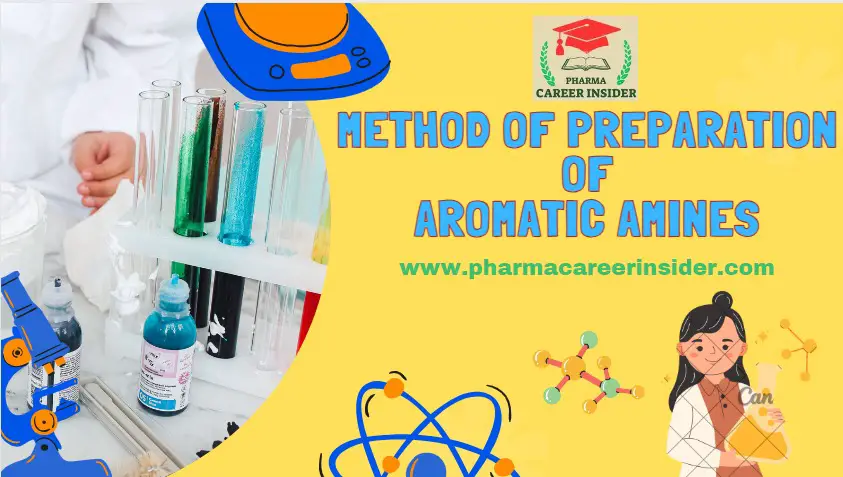Blood grouping: Definition, Systems, Rh Factors
Blood grouping is a classification of blood based on the presence or absence of certain antigens on the surface of red blood cells (RBCs). The two most important blood group systems are the ABO system and the Rh system. Understanding blood grouping is essential in various medical and transfusion-related scenarios to ensure safe blood transfusions … Read more









